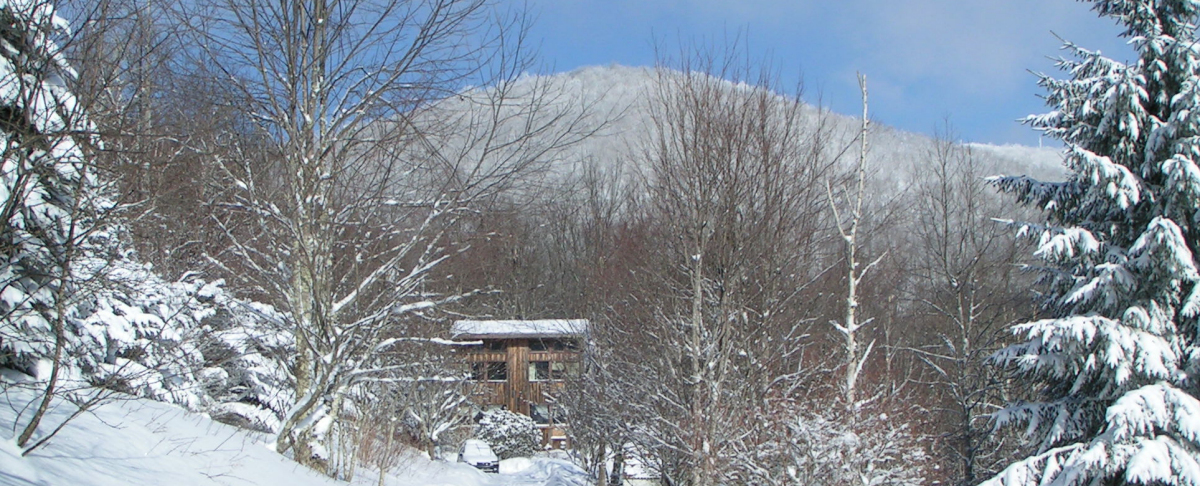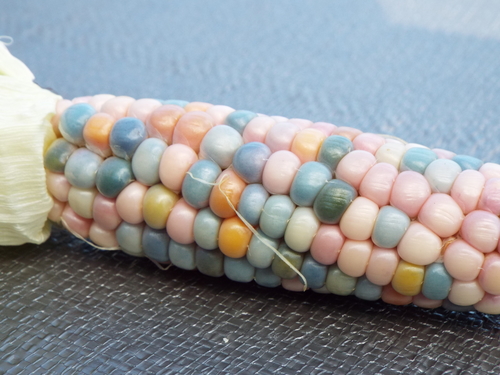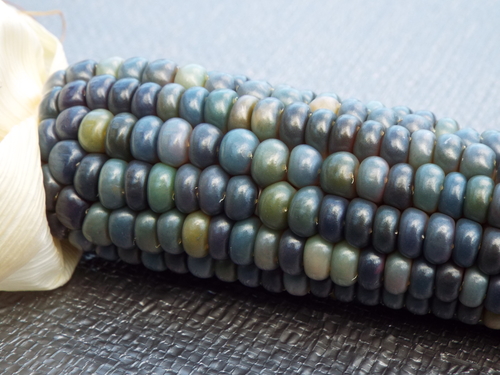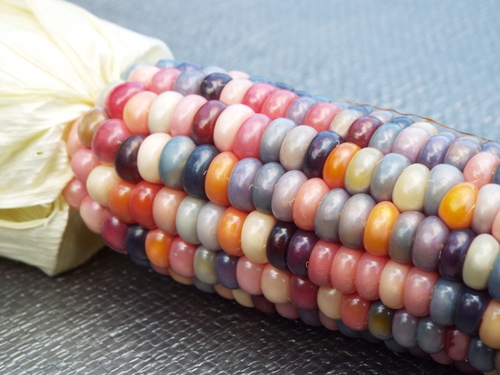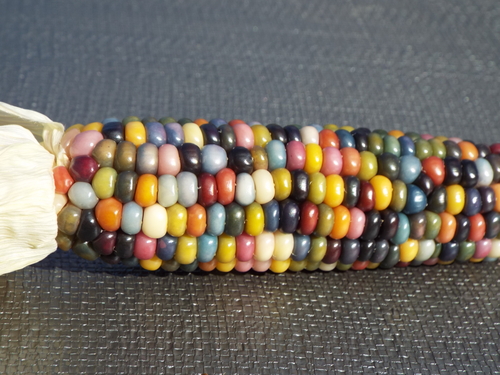When we moved to our new homeplace, one of the things we especially wanted to do was to plant a garden. We had a compact garden in the backyard of a previous home, but it was very small and we had only maintained it for a couple of years. Now that we had more land to work with, we wanted to go all out with a real garden. Since we moved here at the beginning of July, it was too late to start a garden plus we were much too busy preparing plans for our new house and beginning construction. But we definitely wanted to get the garden underway during the next growing season. I had been reading ads for years about the virtues of TroyBilt tillers, especially the ease of using one to prepare new ground for planting. We ordered our new tiller for the next spring.
When spring and the new tiller arrived, we eagerly fired up the TroyBilt and began converting part of our meadow into a garden. We quickly realized there were a few problems we had not anticipated. The primary difficulty was that hardly any space on our nearly ten acres was even close to level. The most suitable spot for our garden was on a slope that dropped about thirty feet within a distance of one hundred feet. Even going across the slope, the tiller kept wanting to curve its path downhill, resulting in a constant struggle to maneuver the heavy machine back onto the intended path. The other problem was that the years of cultivation by the farmers who preceded us had stirred up a multitude of small and not-so-small rocks. Those rocks had not quite made their way to the surface, but instead lay hidden a few inches beneath the soil. Every time the tiller encountered one of those rocks there would be a sudden lurch to one side or the other; this necessitated more struggling to get back on track as well as pausing to move to stones to avoid hitting them again on the next pass. It was an arduous task, but eventually the space was prepared and planting was completed.
We finally had our garden, but alas we had no water readily available for our plants. All the water we were using during the first two years on our land had to be hauled in five-gallon containers from a public spring about a half mile from our homeplace. It would still be more than a year before we would have the reservoir in place at our own mountain spring (about one hundred yards downhill from our house) with a pump installed and electricity connected to power it. As luck would have it, that turned out to be a very dry spring and summer. We may have gotten a few homegrown treats from the garden, but for the most part everything just withered and died.
It had not been the greatest start ever. We tried again the next year with a bit better success, but then other demands of life intruded. Most times that we were not at our for-pay jobs were occupied with ongoing house construction, school and recreational activities with our children, maintenance and other chores around our homeplace, and all the other necessities for a busy family. It would be another twenty years or so before we would return to the dream of having a garden.
When we did get back to gardening, it was on a more modest scale. The children were now off on their own, so it was just Cece and me. I dug up a small patch close to the house and we planted some potatoes for a couple of years. The tiller which had sat out in our field during the intervening years had been overtaken by a locust tree which had grown up through the rear tines and bonded it seemingly permanently to the earth; all garden preparation now had to be done with manual labor. Another year or two we tried some cucumbers and summer squash, once with good success, the next year not so great. We read about straw bale gardening (no digging!) and gave it a try for tomatoes with pretty good results. The second year the tomatoes succumbed to blight and the straw bales went on to produce hundreds of tiny and not edible mushrooms. A strawberry patch planted in our little spot gave us a delightful small crop of fresh strawberries, but eventually the chipmunks got more of them than we did.
Retirement finally came for me about eight years ago, aided by the big recession that led to the necessity of closing the business I was operating. Cece’s retirement followed about three years later. There was finally more time available for all the things we wanted to do and one item definitely on the list was to expand our gardening. I dug beds across the slope where our first garden had been located. There were still plenty of rocks to be dealt with, still hard work but not as jolting with shovel and spading fork as it had been with the tiller. And now we had water, so even when the weather did not cooperate by giving us rain, we could provide the necessary moisture ourselves. The expanded effort was a success. We had the pleasure of eating lots of homegrown vegetables; the deer and raccoons got some, but not too much. We also had the satisfaction of knowing that we had been able to do this for ourselves. We were determined to continue.
We spent time during the fall and winter researching to learn more about the best ways to grow things and the best things to grow, an ongoing process. Each year we added more beds and tried some new crops and varieties. We tried various various fencing methods in an effort to keep deer from coming into the garden: old video tapes strung around the perimeter to blow in the breeze and startle them with reflections and noise, strands of electric fence wire, lightweight plastic mesh which the deer broke through, and for the past four years a seven-foot-high deer fence with 4 x 4 posts every fifteen feet, heavyweight mesh deer fencing, and two strands of electric fence wire to deter raccoons from climbing over the fence. The enclosed area now measures ninety feet by sixty feet, giving us more than enough space for our anticipated needs. We improved our planting beds, adding locust logs and then 1 x 6 boards to the downhill sides to help keep the soil from washing away in heavy downpours. When that proved insufficient, we upgraded; most of the beds are now boxed in with downhill walls of 2 x 8 lumber sixteen to twenty inches high and uphill walls eight inches high. These latest measures have all worked well, but we continue to find areas that can use improvement.
I won’t go into all the crops we have raised, but it is an ever-changing selection, many old standards and usually at least a couple of new experiments or just fun things to try (kiwano melons and peanuts, for example). By canning and freezing and storing some of our harvest in our root cellar (mesh-enclosed metal shelving in the dug-out crawl space under our house) we manage to eat regularly (though not completely) from one year’s harvest until the next year’s bounty begins. We kept a record of all we harvested in 2016, a whopping total of more than 1200 pounds of edibles. Not such a bad accomplishment after our faltering start thirty seven years ago. We’re pleased!
